Passionate about history, I decided to explore Tabuk, a city in Saudi Arabia known for its intriguing historical sites. Among these landmarks, the Hejaz Railway stands out as a legendary line that once connected Medina to Damascus. It’s a historic treasure marked by pivotal events, notably the Arab Revolt during World War I.

Visiting the Hejaz Railway isn’t just about seeing ruins. It offers a unique opportunity to immerse yourself in the rich history of the Arabian Peninsula, understanding stories and events that shaped the region, especially the involvement of Lawrence of Arabia and the Arab Revolt against the Ottoman Empire.
History of the Hejaz Railway: A Pilgrimage Route
Before the railway’s existence, pilgrims traveling to Mecca for the Hajj endured a challenging 40-day overland journey from Damascus. The Hejaz Railway, built by the Ottoman Empire between 1900 and 1908, dramatically shortened and simplified this journey. While primarily designed to transport pilgrims, the railway also served as a strategic military supply line for the Ottoman Empire.
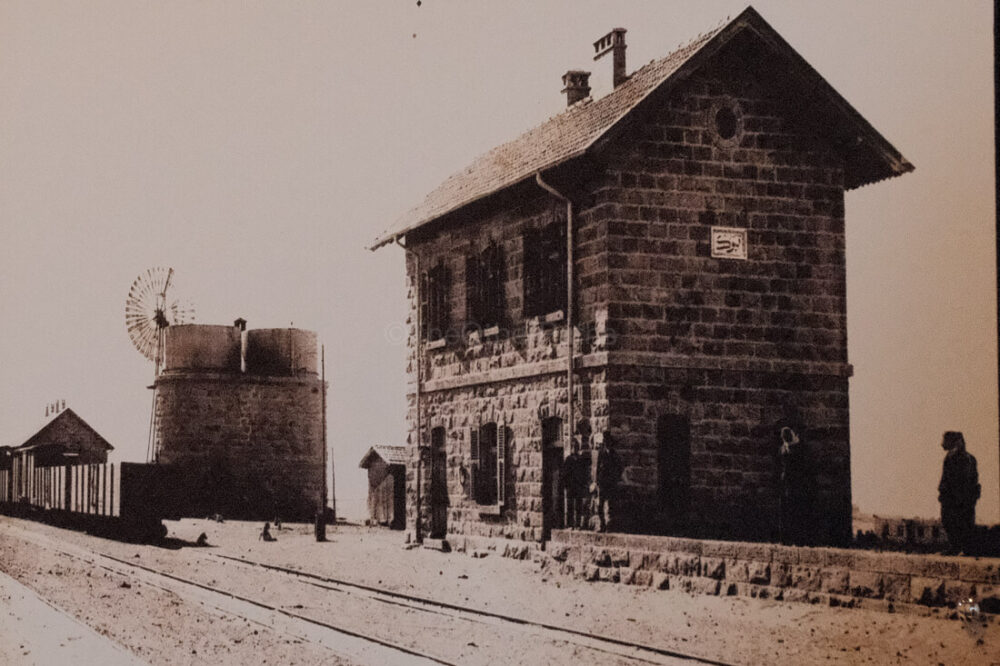

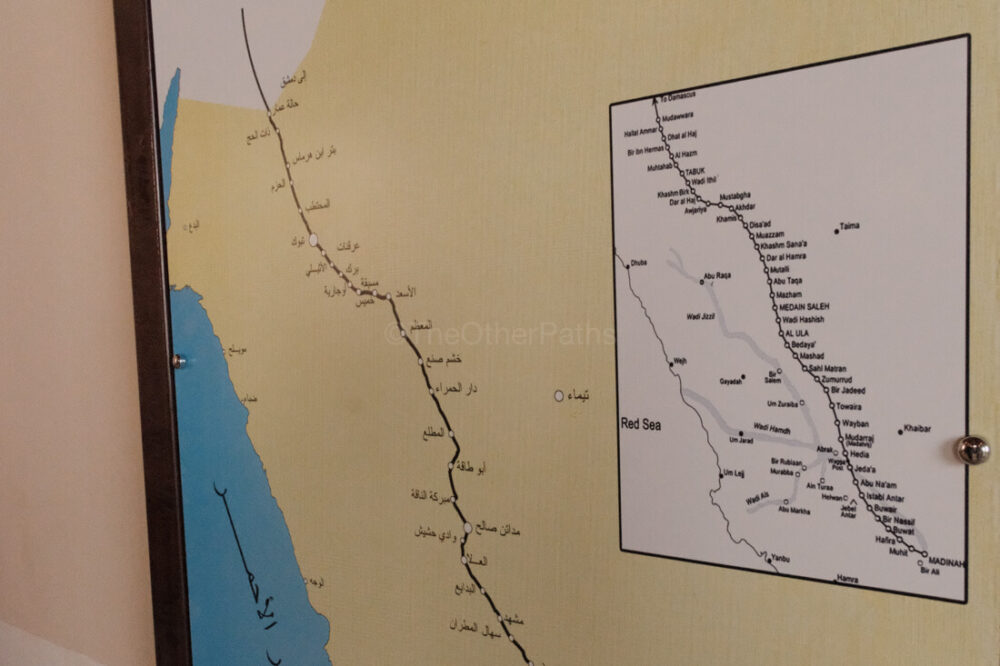
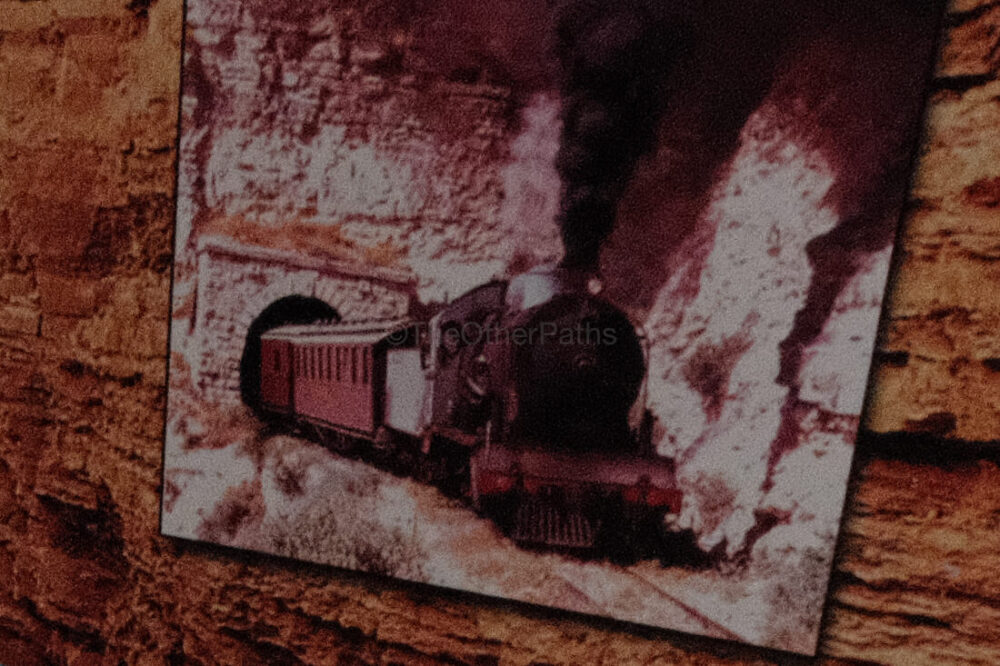
Lawrence of Arabia and the Hejaz Railway
The legendary British officer, T.E. Lawrence, known widely as “Lawrence of Arabia”, played a key role in the Arab Revolt against Ottoman rule during World War I. Immortalised by the classic 1962 film Lawrence of Arabia starring Alec Guinness, Lawrence strategically targeted the Hejaz Railway. The attacks on the railway symbolised the Ottoman Empire’s weakening grip on the Arabian Peninsula.
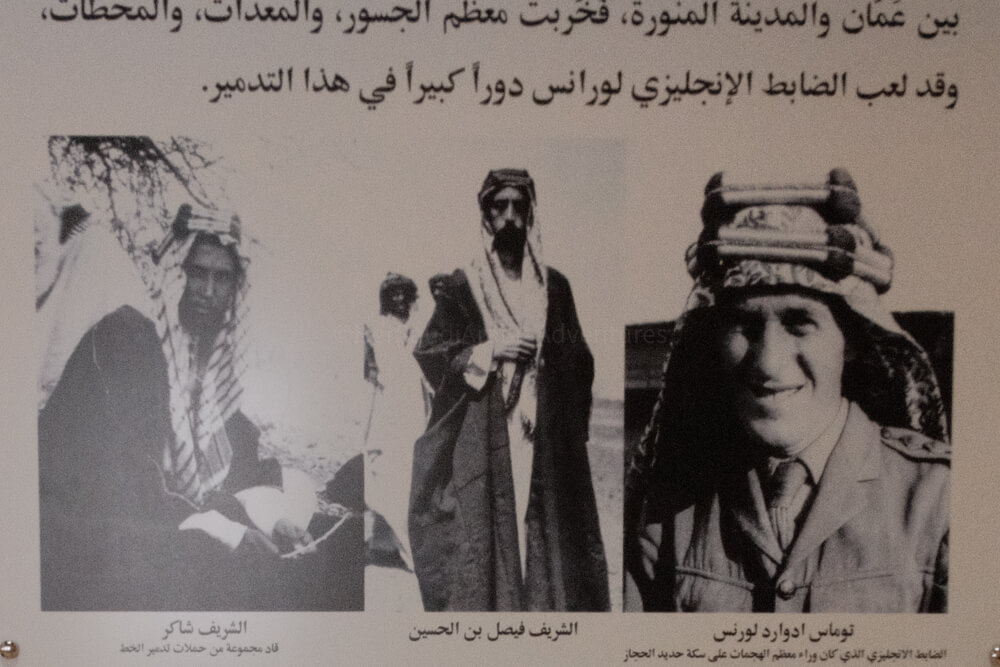
Hejaz Railway Museum in Tabuk
For my adventure, I set out early from NEOM to Tabuk. Despite construction delays, the nearly 2 hour drive through stunning landscapes of the Hisma Desert made the trip worthwhile.
The Hejaz Railway Museum is located in a beautifully restored former railway station in Tabuk. The museum tells fascinating stories of the railway’s construction, its role in transporting pilgrims, and its military significance.
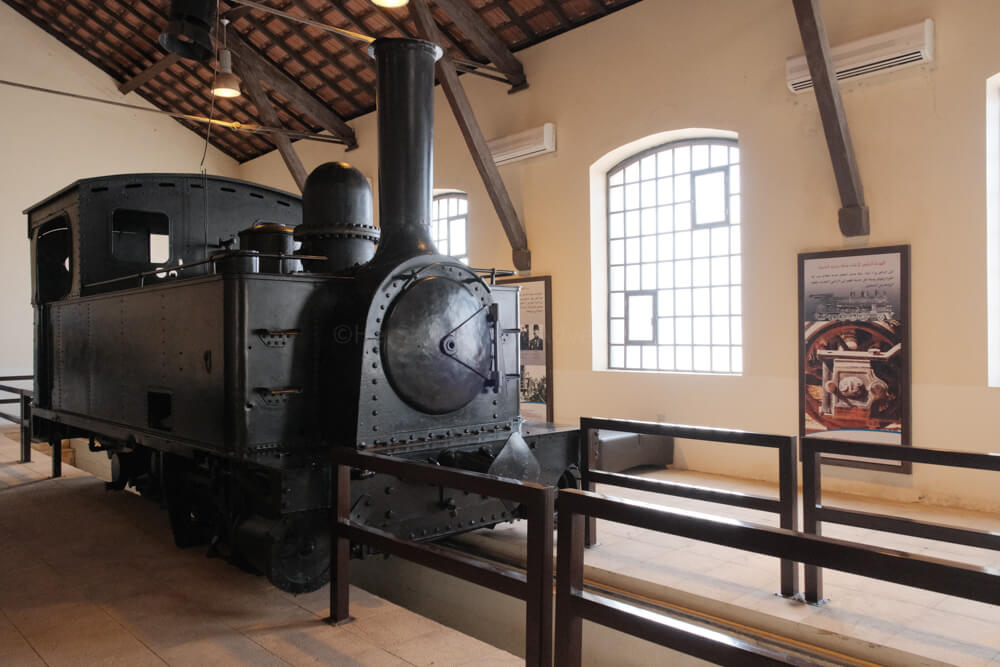
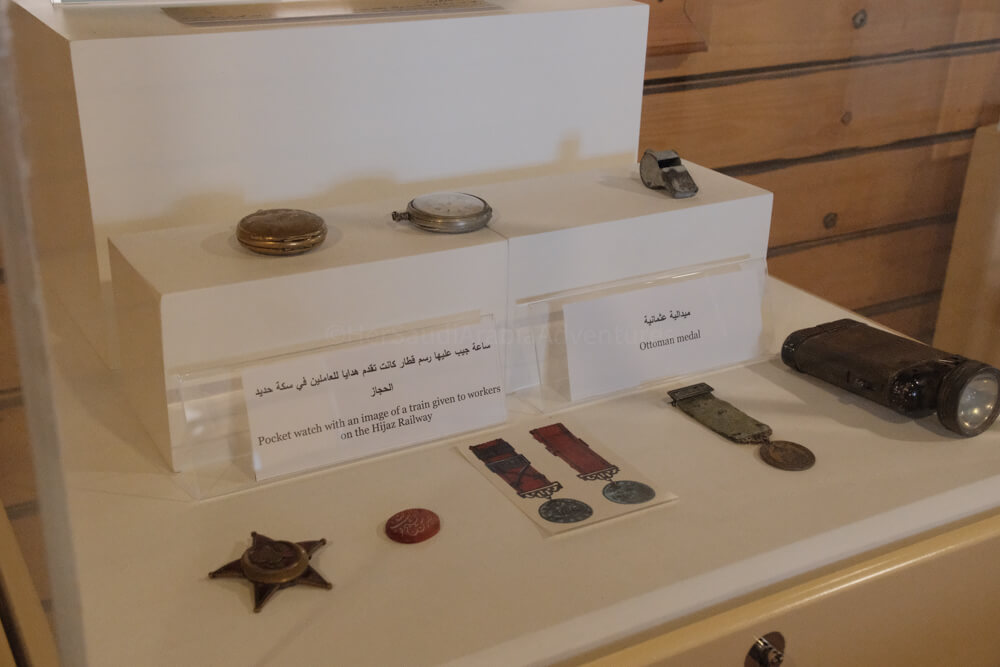

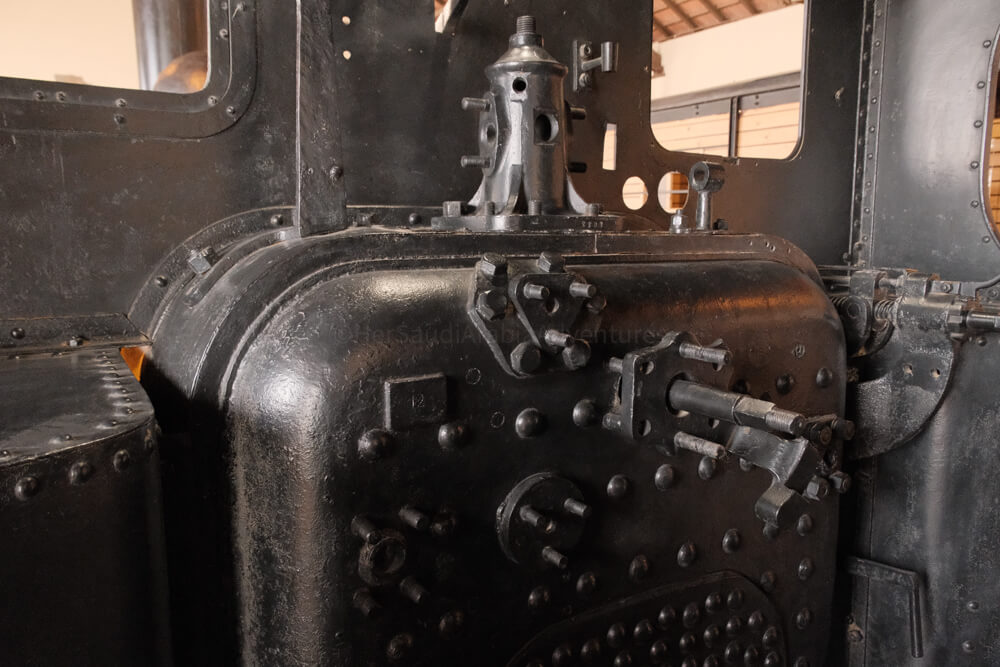
What to See at the Museum:
Historical documents and photographs from the early 1900s (with English translations available).
Exhibits showcasing railway stations and key sites like the Al Akhdar Tunnel.
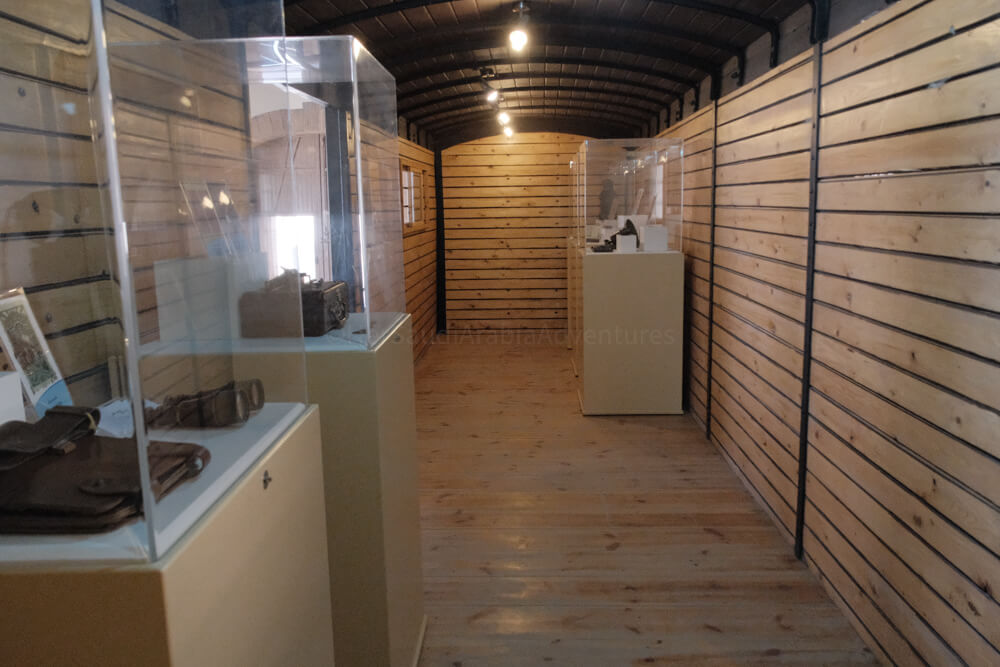
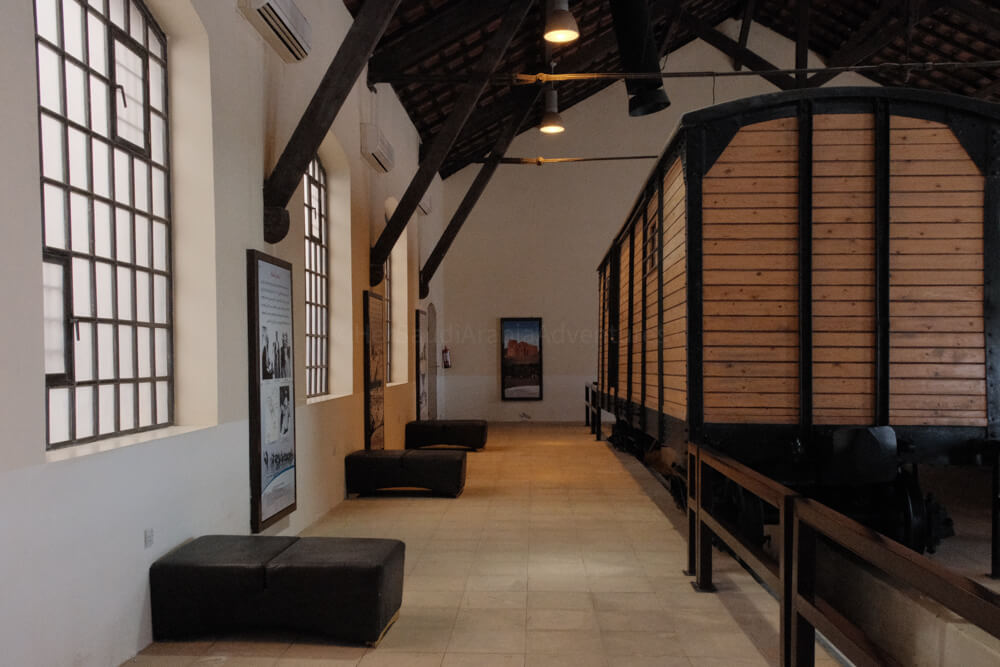
Exploring the Ruins of the Hejaz Railway
Inspired by the romanticized tales of Lawrence of Arabia, I set out to discover the railway’s ruins firsthand. Using satellite maps, I located several historical remnants scattered around Tabuk.
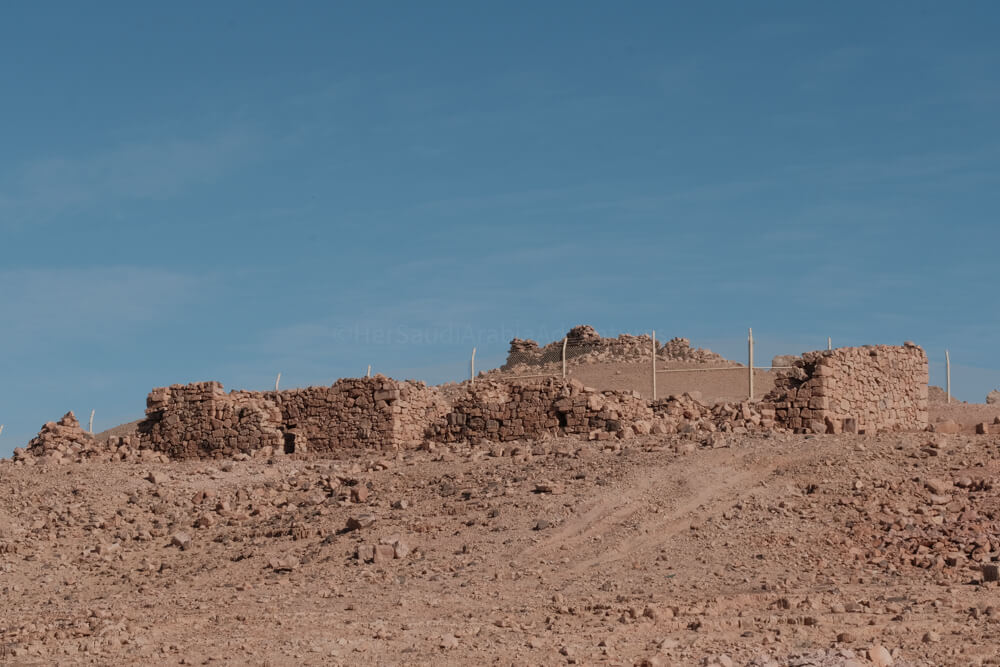
Historic Bridges and Tunnels
The railway construction took 8 years, with the stretch between Tabuk and Medina being particularly challenging due to rugged terrain. Notable constructions include the impressive 143-meter bridge across Wadi Al Akhdar, the longest railway bridge in Saudi Arabia.
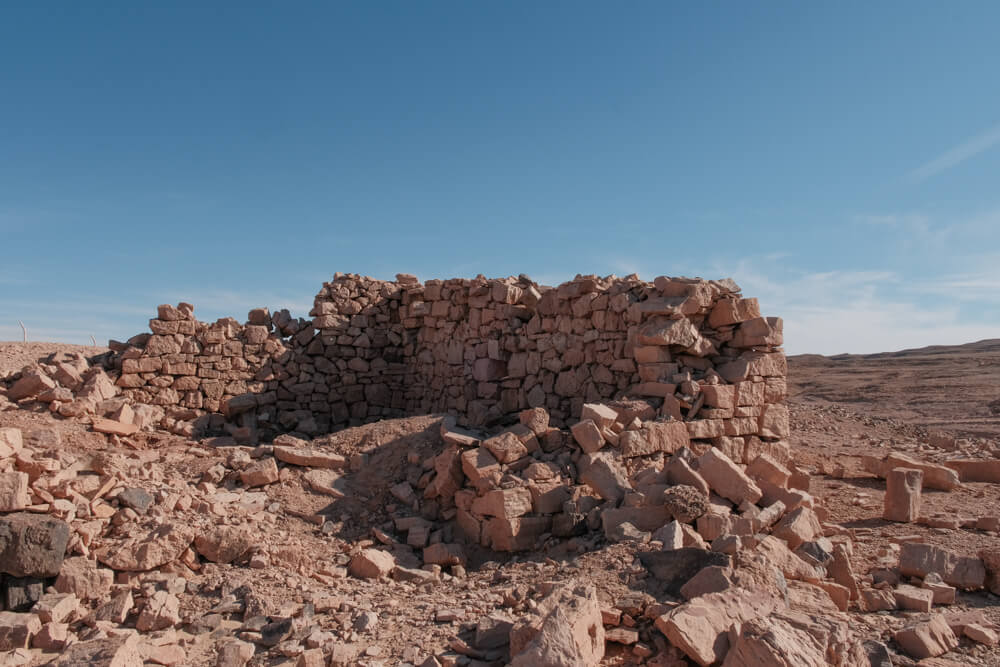
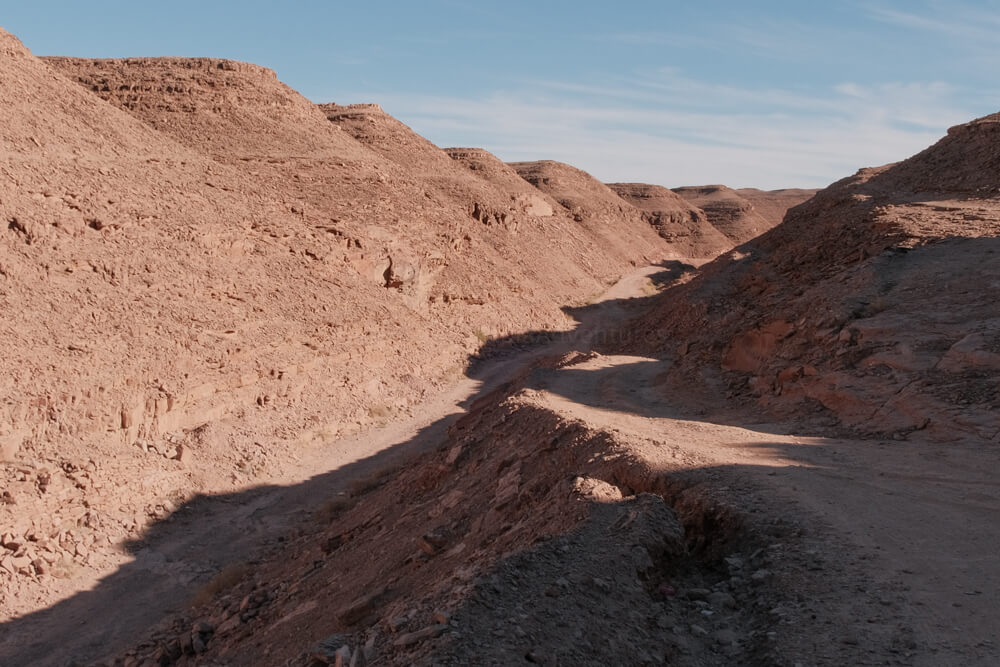
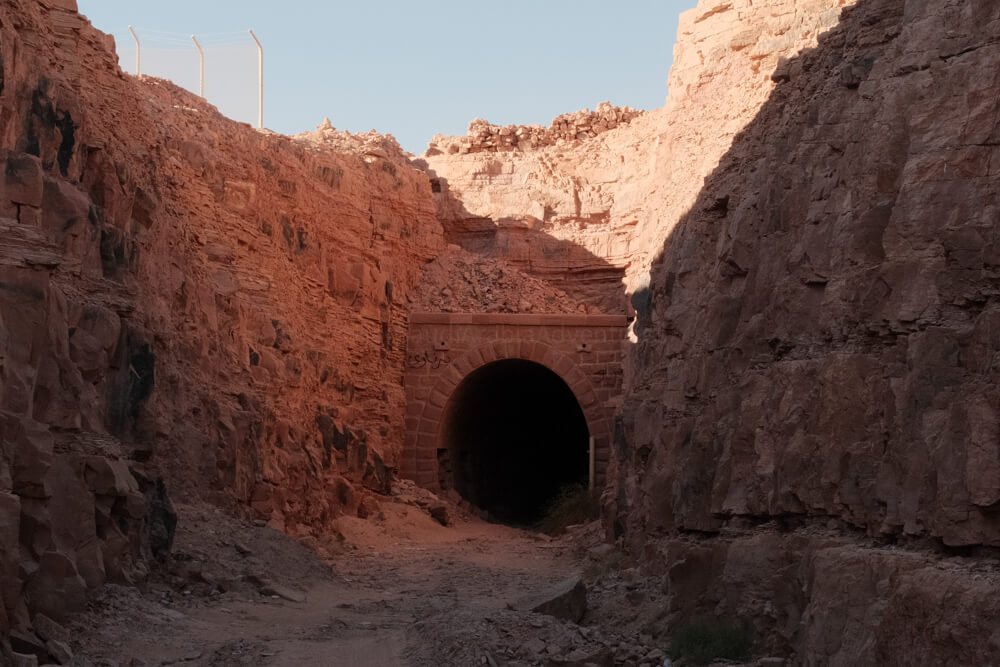
Visiting Al Akhdar Tunnel Near Tabuk
About 60 kilometers south of Tabuk lies the historical Al Akhdar Tunnel, the only tunnel built along the Hejaz Railway. To access it, an off-road vehicle is recommended due to the sandy terrain. The site is frequently visited, evident from the numerous tire tracks.
- Over 100 meters in length, built more than a century ago.
- Currently no significant renovations or preservation efforts, allowing a genuine historical exploration.
- Visitors can park at the entrance and explore the tunnel’s interior by foot.
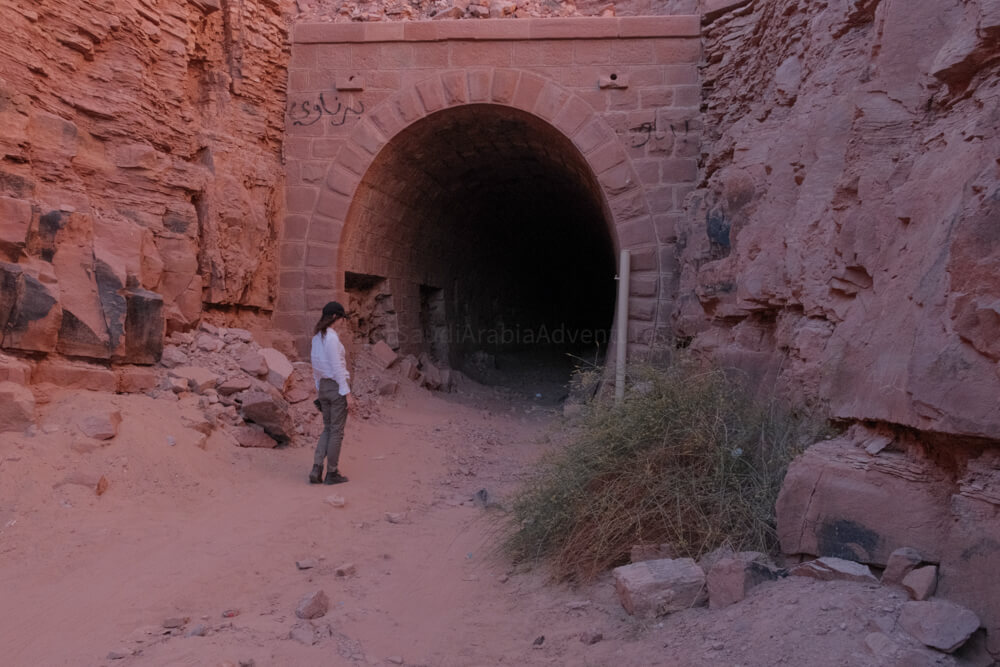
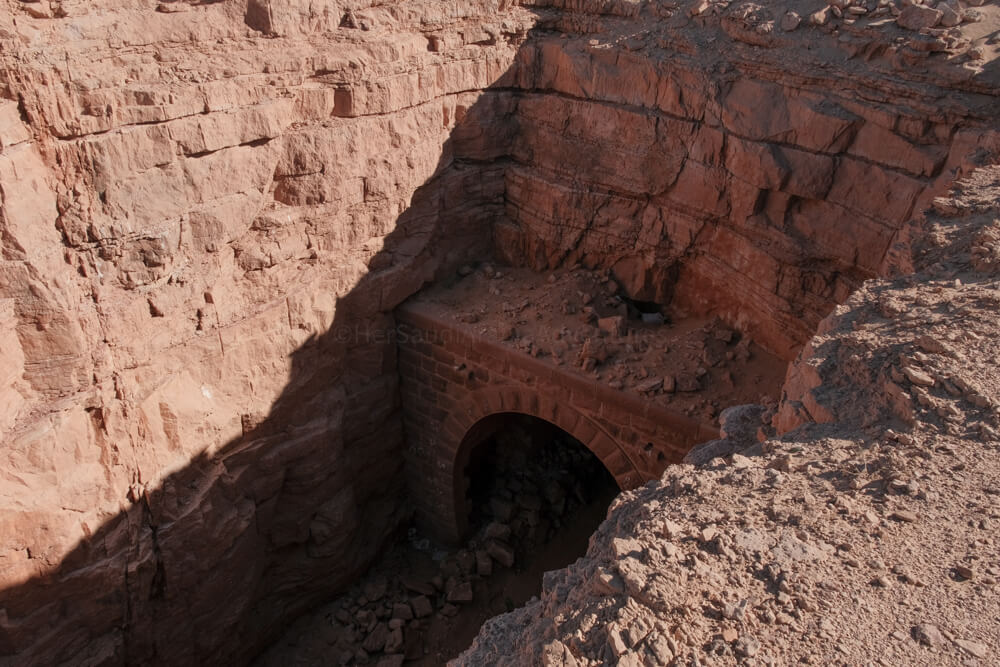
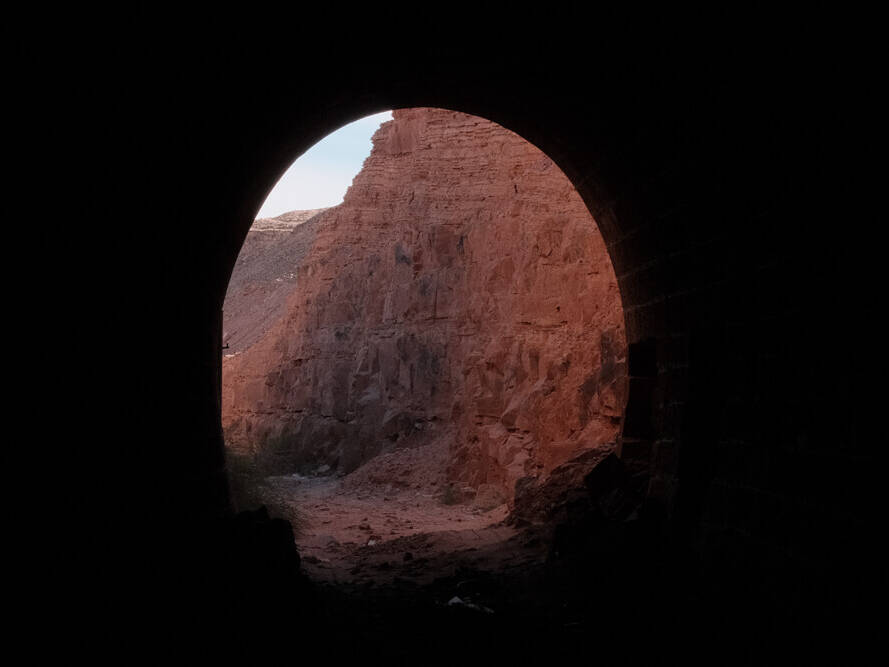
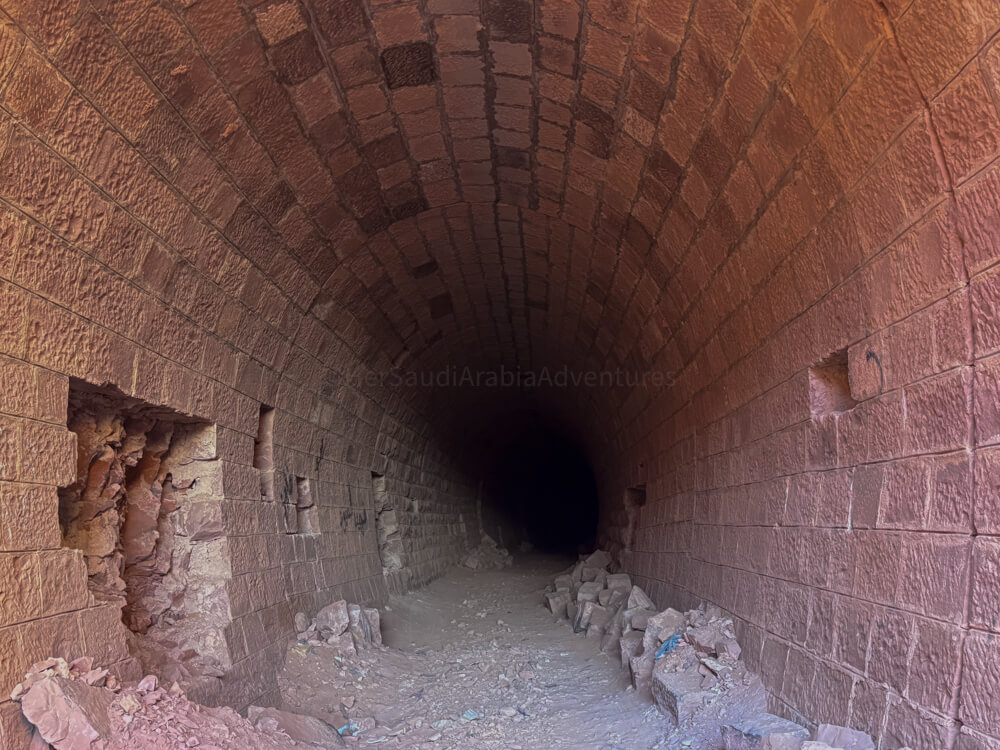
Practical Information for Visitors
- Location: Hejaz Railway Museum, Tabuk, Saudi Arabia.
- Opening Hours: Check locally (as hours may vary). The tunnel is always accessible and does not have any opening hours.
- Vehicle Recommendation: Off-road vehicle or SUV recommended for exploring the ruins and tunnels.
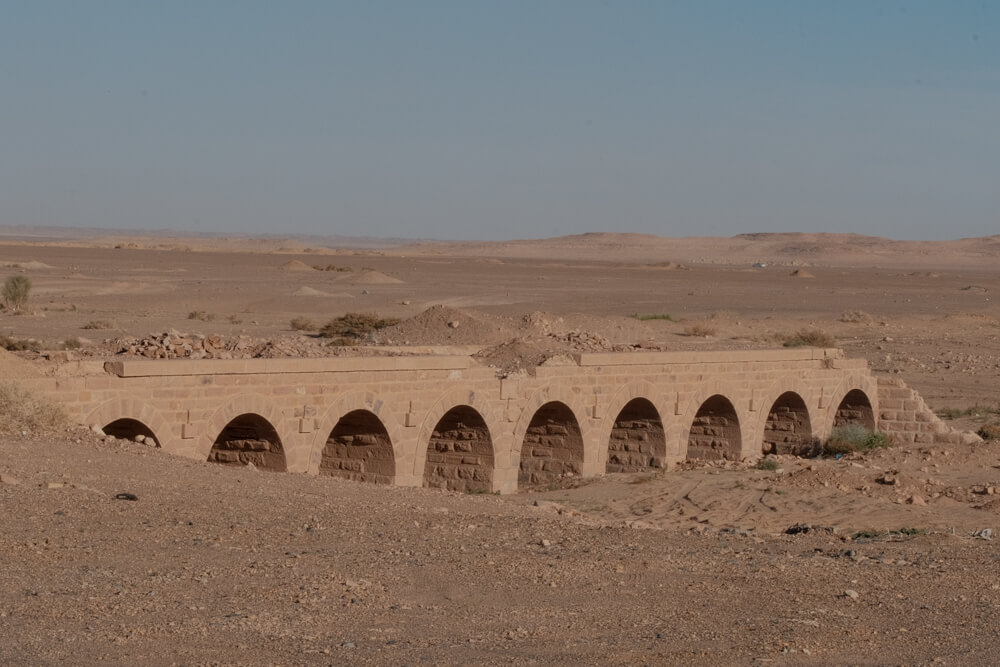
Why Add the Hejaz Railway to Your Saudi Itinerary?
The Hejaz Railway is more than just historical ruins, it represents a gateway into Saudi Arabia’s dramatic history. From pilgrimage journeys to the legendary campaigns of Lawrence of Arabia, visiting these sites in Tabuk offers insights you simply cannot gain elsewhere.
Exploring Tabuk
Tabuk is a perfect base for exploring the region’s stunning natural and historical sites. Known for its rich history and cultural heritage.
One highlight is the Tabuk Castle, which dates back to 1559. It once served as a resting place for pilgrims traveling to Mecca and Medina. Another site to visit is Saudi Arabia’s Grand Canyon: Al-Shaq
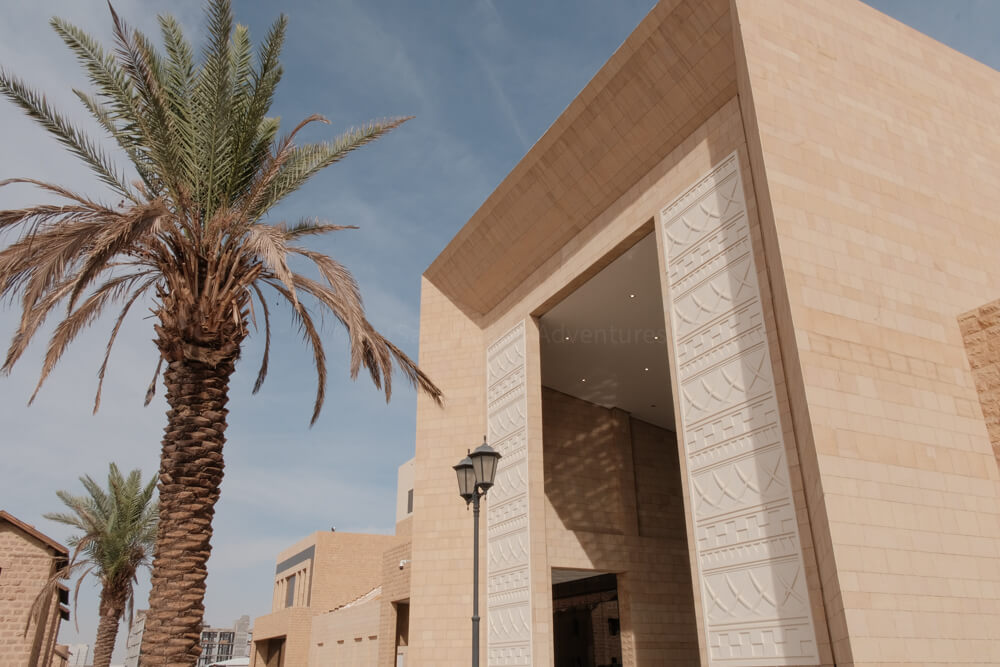
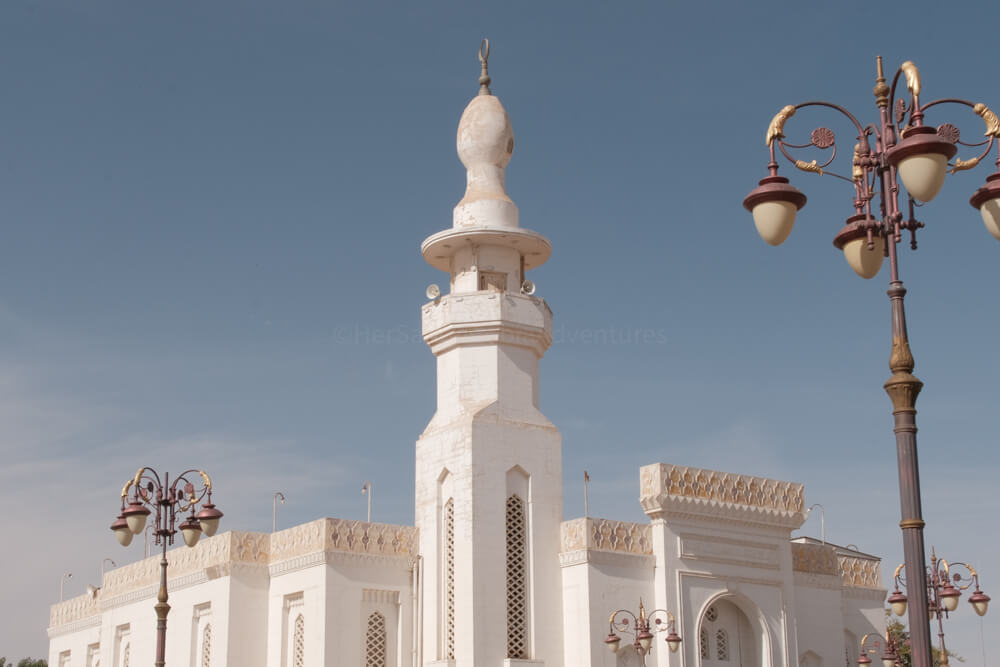
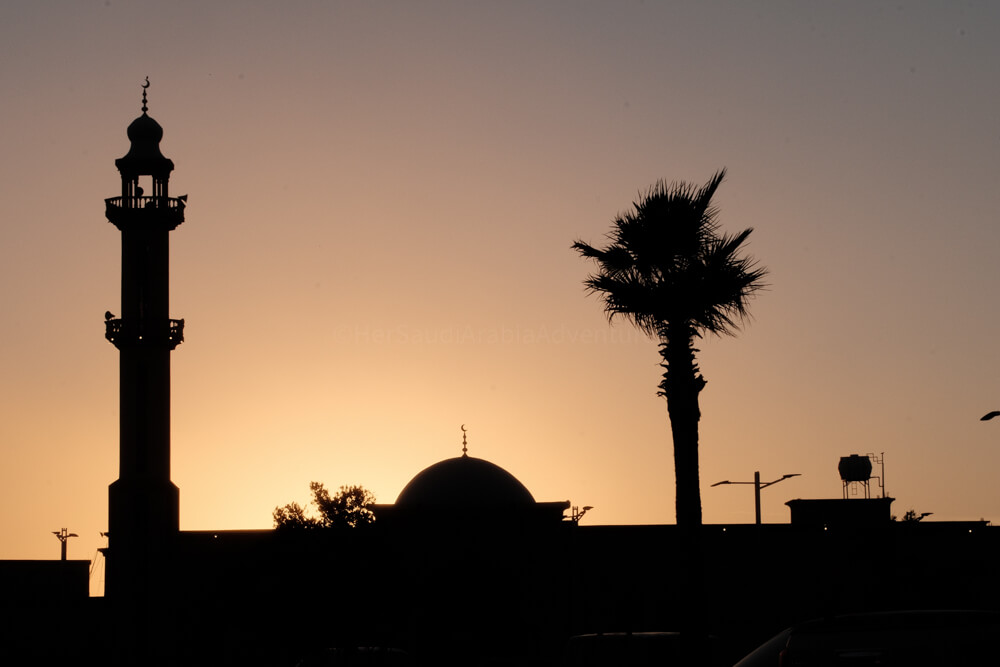
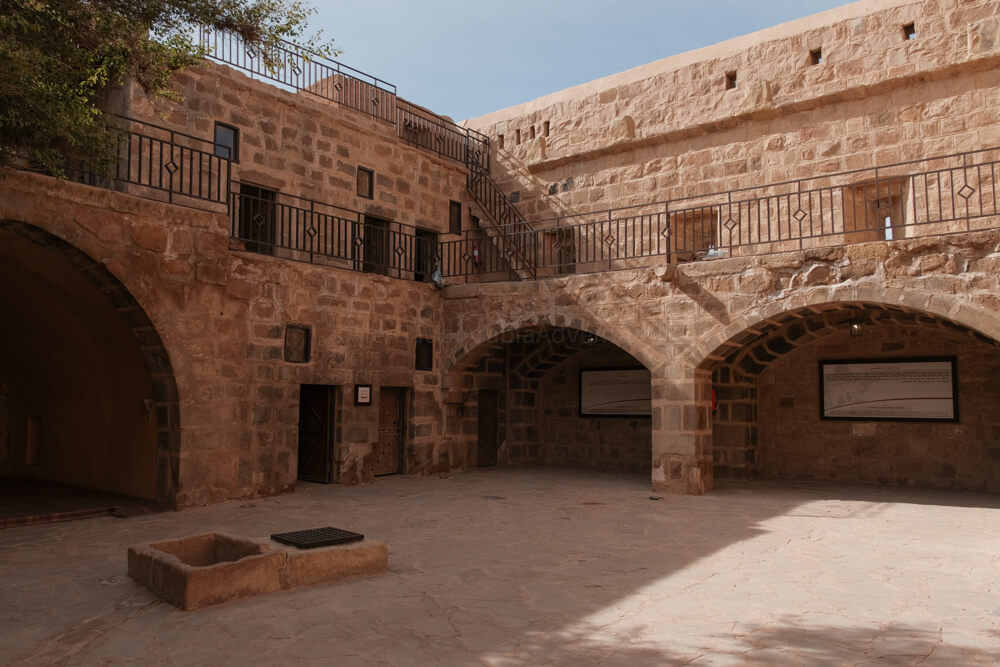
Coffee break: C&B Coffee roaster
Over the course of my many visits to Tabuk, I’ve tried several cafés, and C&B is by far my favorite. It’s a Saudi café based in Tabuk.

